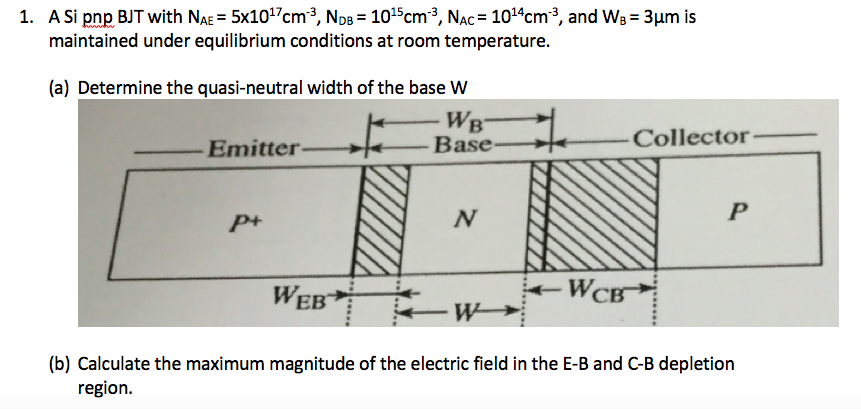

Microchips, which embed transistors, consist of a processor, memory and input/output peripherals on a chip.Ī transistor can act as a switch or gate for electronic signals, opening and closing an electronic gate many times per second. Microchip Technology's ATtiny817 is an integrated circuit that controls specific operations in embedded systems. A small change in the current or voltage at this layer produces a large, rapid change in the current passing through the entire component, enabling the transistor to function. Regardless of its configuration, the inner semiconductor layer acts as the control electrode. a p-type layer between two n-type layers in a negative-positive-negative (NPN) configuration.an n-type semiconductor layer between two p-type layers in a positive-negative-positive (PNP) configuration or.Either way, the semiconductor enables the transistor to function as a switch or amplifier.Ī transistor's three-layer structure contains one of the following layers: The silicon can be classified as an n-type semiconductor - electrons flow out of it - or a p-type semiconductor - electrons flow into it.
#Transistor base emitter collector widths free#
A chemical process called doping - in which impurities are introduced into a semiconductor to modulate electrical, optical and structural properties - enables silicon to gain free electrons that carry electric current. Silicon, a chemical element often found in sand, isn't normally a conductor of electricity. Although most transistors are made from silicon ( Si), they can be made from other materials such as germanium and gallium arsenide ( GaAs). Blending transistors and diodes with resistors, capacitors and other components produces integrated circuits.Ī semiconductor, which conducts electricity in a "semi-enthusiastic" way, falls somewhere between a real conductor like copper and an insulator such as the plastic wrapped around wires). This phenomenon regarding miniaturization relates to Moore's Law, which states that the number of transistors in a small IC would double every two years. Integrating transistors with resistors and other diodes or electronics components has made ICs smaller. Transistors were also stronger, required significantly less power and, unlike vacuum tubes, didn't require external heaters.Īs the size of transistors has exponentially decreased, their cost has fallen, creating many more opportunities to use them. Because these solid-state devices were significantly smaller, lighter and consumed significantly less power than vacuum tubes, electronic systems made with transistors were also much smaller, lighter, faster and more efficient. Considered one of the most significant developments in the history of the PC, the invention of the transistor fueled the trend toward miniaturization in electronics. Invented at Bell Laboratories in 1947, the transistor rapidly replaced the bulky vacuum tube as an electronic signal regulator.

How transistors revolutionized the tech world Transistors greatly benefit electronics and computing. Additionally, transistors are used in high-frequency applications, such as the oscillator circuits used to generate radio signals. Transistors are also used for low-frequency, high-power applications, such as power-supply inverters that convert alternating current into direct current. Transistors are deeply embedded in nearly all ICs, which are part of every electronic device. They also drive computer memory chips and memory storage devices for MP3 players, smartphones, cameras and electronic games. In large numbers, transistors are used to create microprocessors where millions of transistors are embedded into a single IC. They are the basic elements in integrated circuits ( ICs), which consist of a large number of transistors interconnected with circuitry and baked into a single silicon microchip. In small quantities, transistors are used to create simple electronic switches. On its own, a transistor has only one circuit element. As a switch, it can be in one of two distinct states - on or off - to control the flow of electronic signals through an electrical circuit or electronic device. When working as an amplifier, a transistor transforms a small input current into a bigger output current. Typically, transistors consist of three layers, or terminals, of a semiconductor material, each of which can carry a current. A transistor is a miniature semiconductor that regulates or controls current or voltage flow in addition amplifying and generating these electrical signals and acting as a switch/gate for them.


 0 kommentar(er)
0 kommentar(er)
